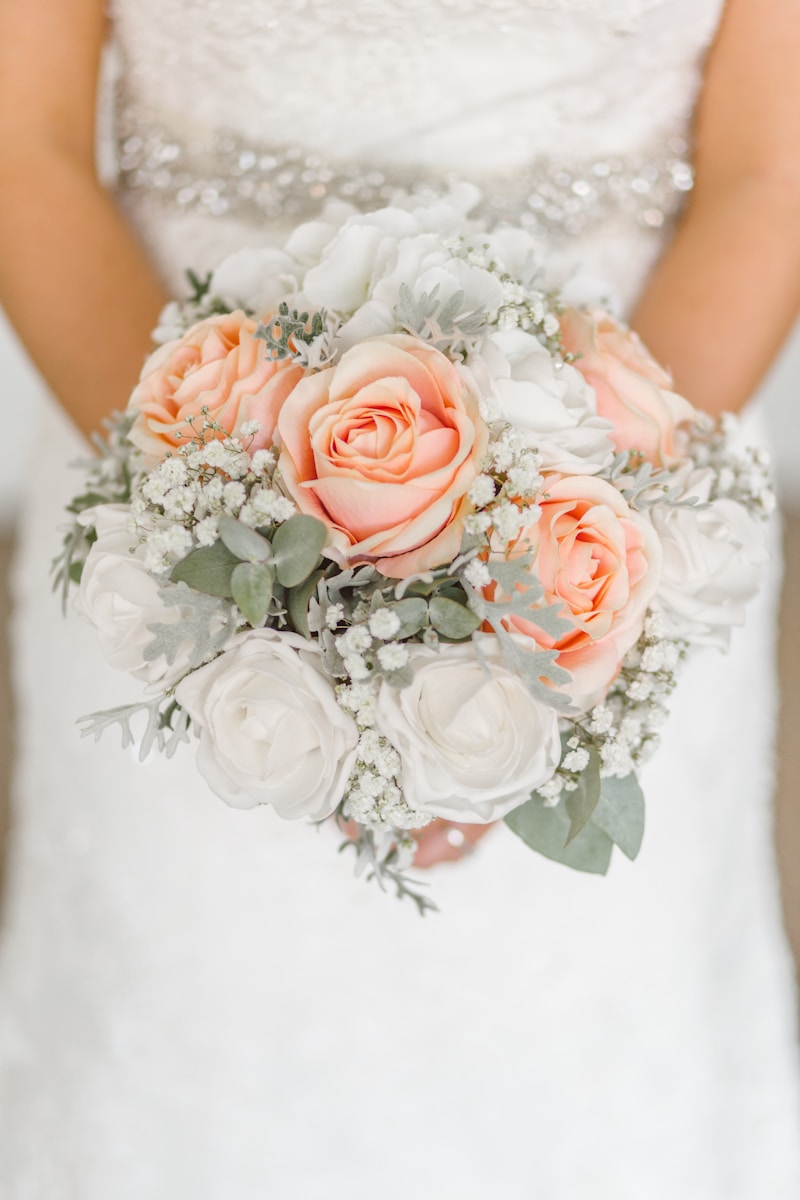Exploring Bridal Fashion in Different Eras: A Timeless Journey Through Styles
Exploring Bridal Fashion in Different Eras: A Timeless Journey Through Styles
Bridal fashion has evolved dramatically over the centuries, reflecting societal changes, cultural influences, and evolving styles. From the opulent gowns of the Victorian era to the sleek silhouettes of modern-day nuptials, bridal fashion tells a fascinating story of love, tradition, and artistry. This article will explore bridal fashion in different eras, highlighting key trends, iconic styles, and how these fashions have shaped contemporary wedding attire.
1. The Ancient Period: Symbolism and Simplicity
In ancient civilizations such as Greece and Rome, bridal fashion was often characterized by simplicity and symbolism. Brides donned flowing tunics made from light fabrics like linen and wool, signifying purity and modesty. The bridal attire was typically adorned with garlands and veils, representing a new chapter in the bride's life.

Key Features:
| Materials: Light fabrics such as linen and wool |
| Colors: White and pastel shades to symbolize purity |
| Accessories: Flower garlands and veils |
2. The Middle Ages: Extravagance and Religion
During the Middle Ages, the bridal gown became a reflection of wealth and status. Brides wore elaborate gowns often made of silk, brocade, and velvet, embellished with intricate embroidery and jewels. Religious influence was paramount; brides often chose colors such as blue and green, which were associated with purity and fertility.
Iconic Styles:
One of the most iconic looks from this era is the ‘kirtle’ and ‘surcoat’ combination, where a fitted gown was layered with an outer garment that offered a regal appearance. This period also saw the introduction of longer trains and dramatic veils, adding to the overall grandeur.
3. The Victorian Era: Romance and Elegance
The Victorian era, particularly under Queen Victoria's influence, marked a significant shift in bridal fashion. Queen Victoria married Prince Albert in 1840 wearing a white silk gown, an untraditional choice at the time that popularized white as the quintessential wedding color.
Fashion Trends:
Brides began to wear intricately designed gowns with layers of lace, long sleeves, and full skirts. Corsetry was prevalent, accentuating the waist, while trains became longer as lavishness took center stage.
| Materials: Silk, lace, and tulle |
| Popular Colors: White, ivory, and soft pastels |
| Bridal Accessories: Elbow-length gloves and floral bouquets |
4. The Roaring Twenties: Glamour and Flapper Style
The 1920s introduced a new wave of fashion, where the flapper style revolutionized bridal attire. This era favored shorter hemlines, dropped waistlines, and a more relaxed silhouette, moving away from the restrictive designs of previous decades.
Notable Characteristics:
Brides embraced daring styles with unique embellishments like beads and feathers, highlighting the extravagant lifestyle of the Jazz Age. Accessories included cloche hats and birdcage veils, which offered a chic alternative to traditional headpieces.
5. The Mid-20th Century: Post-War Elegance
The mid-20th century saw a return to classic elegance and refinement, heavily influenced by Hollywood glamour. Iconic figures such as Grace Kelly and Audrey Hepburn set the tone for bridal fashion, emphasizing modesty yet elegance.
Signature Designs:
Wedding dresses were often characterized by fitted bodices, full skirts, and longer veils. The use of satin and lace created an air of sophistication, while backs became an essential focus in dress design.
| Popular Styles: A-line gown and ball gowns |
| Colors: Traditional whites and creams |
| Accessories: Veils and pearl jewelry |
6. The Modern Era: Personalization and Diversity
Today, bridal fashion is incredibly diverse, reflecting the individuality of brides. Modern brides seek personalization, often opting for unique fabrics, colors, and styles that resonate with their personalities.
Recent Trends:
From luxurious ball gowns to sleek, minimalist designs, modern bridal wear encompasses a broad spectrum. Brides are also choosing bold colors, non-traditional silhouettes, and even stylish pantsuits, allowing personal expressions to shine.
7. Global Influences: A Cultural Mélange
As society becomes more interconnected, bridal fashion continues to draw inspiration from global cultures. Traditional attire from various regions, such as Indian saris or Chinese qipaos, finds its way into modern bridal fashion, celebrating a rich cultural tapestry.
Fusion Weddings:
Couples are now embracing fusion weddings that blend traditions, leading to unique wedding attires that represent both partners’ heritage. This trend not only honors tradition but also showcases the beauty of diversity.
Summary: The Evolution of Bridal Fashion
Bridal fashion has transcended significant historical milestones, evolving from the symbolic simplicity of ancient attire to the modern emphasis on individuality and multicultural influences. Each era has left its mark, paving the way for creative expression in wedding attire.
In conclusion, when choosing bridal wear, it’s essential to consider not just current trends but also the historical significance that shapes our modern-day choices. Understanding the evolution of bridal fashion can provide insight into selecting attire that resonates personally while celebrating the beautiful journey through time.
Suggestions: When choosing your wedding attire, think about incorporating elements from different eras or cultures that resonate with you. Don't hesitate to experiment with colors and styles to create a look that's uniquely yours. A blend of the past with the present can lead to memorable and timeless bridal fashion.
